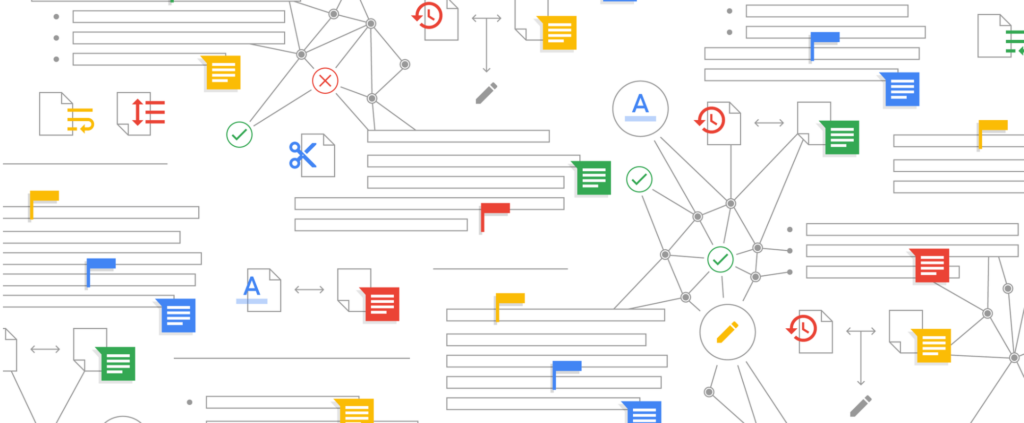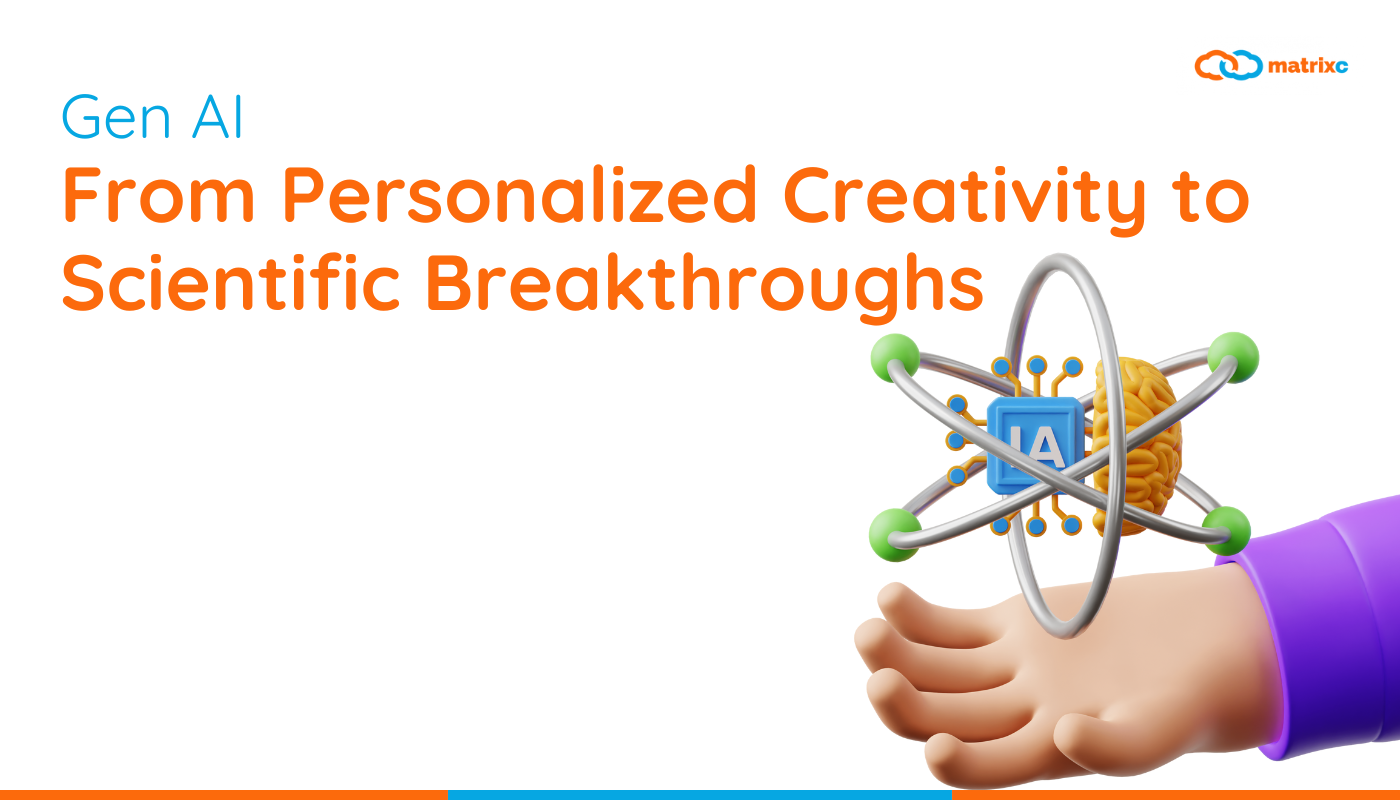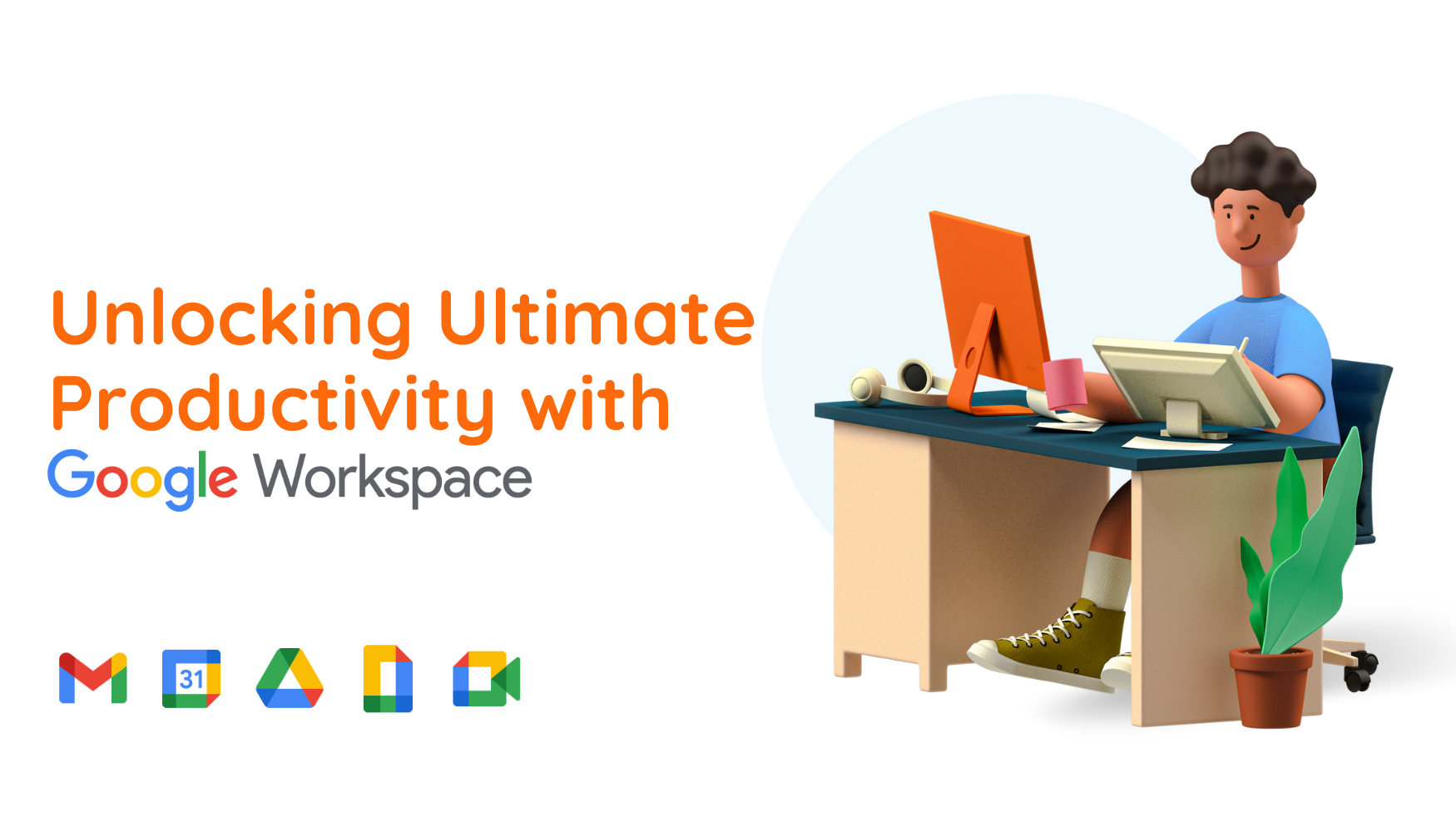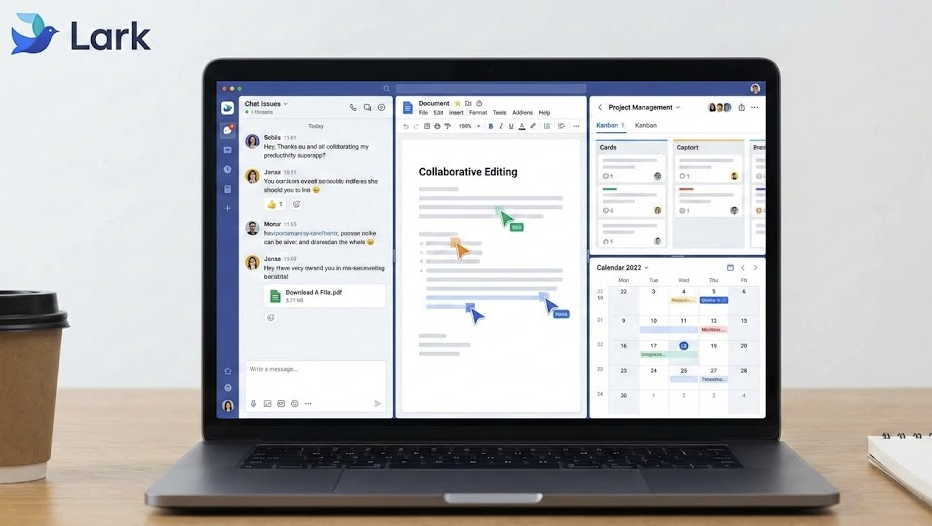By Diane Chaleff; Product Manager, Office of the CTO
Editor’s note: Diane Chaleff works for Google Cloud’s Office of the CTO. She works with customers to create a culture of innovation in their companies with technology.
If you’re looking to modernize your productivity stack, you’re not alone. I hear this from business leaders all the time. However, when I meet with them to discuss their options, to be honest, “modernizing” isn’t actually at the top of their to-do list. Instead, they’re often just looking to renew their contracts to be on the latest version so they can move on to other concerns.
Given the size of the investment and the impact that these technologies have on your business, it surprises me how many people are willing to take the path of least resistance rather than evaluating what they actually need from these tools. This is a missed opportunity. If you’re looking to upgrade your productivity stack, I challenge you to ask yourself bigger questions.
First: Does it help my employees be productive? Is it creating the culture I want?
While you might see pre-cloud productivity tools attempt to incorporate collaboration, don’t be fooled—they’re essentially bolting it on after the fact.
Simply put, the technology you choose molds the behavior of your team. If your technology’s default steers users to save team projects to “My Documents” instead of a shared location, that slows the flow of information. If you revert to email to solve problems, instead of face-to-face in video conferencing, you lose valuable time in convoluted threads. If you “attach a file,” only to have a colleague reattach another version, you’re inadvertently turning cooperation into competition. These seemingly minor actions have consequences on how (and whether) people communicate with one another.
We built G Suite with a vision of open collaboration from the start. You shouldn’t have to wonder if you are working in the current version of a file, or wait for another to finish before starting your work because multiple people can work on a document at the same time. We’ve never had a “save” button because of course, you want to save your work. Instead, we lead with a “Share” button to remind you to get feedback early, rather than trying to make changes to an idea or project when it feels too late.
Next: Does it have the features I need?
If you’re like some of the people I talk to, you may have looked at G Suite several years ago and felt it lacked some of the enterprise controls and features that you need. Fast forward to today, the features you asked for are there now—things like Data Loss Prevention, data regions, email offline, dial-in for meetings, macros, and pivot tables. In addition to building these features, we’re also infusing machine learning into G Suite apps to take productivity a step further.
Finally: How will I deploy this technology?
We understand that you’re heavily invested in existing technology, and transitioning from legacy tools isn’t easy. It’s hard. But it’s not insurmountable—we have the tools and professional services to help you along the way. We work with highly regulated companies in complex industries, like healthcare, financial services, and media, to help them plan and deploy G Suite. In fact—we used these services to move 50,000 employees at a major media company to G Suite in a single weekend!
At the end of the day, your technology shapes how productive your organization can be and the culture you want it to have. We think taking the time to ask yourself these tough questions is worth the effort.
Source: https://goo.gl/mntjWq
















